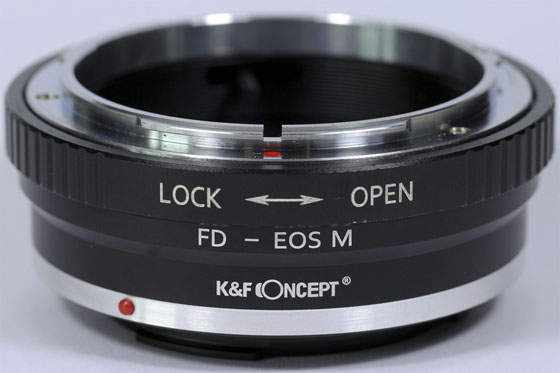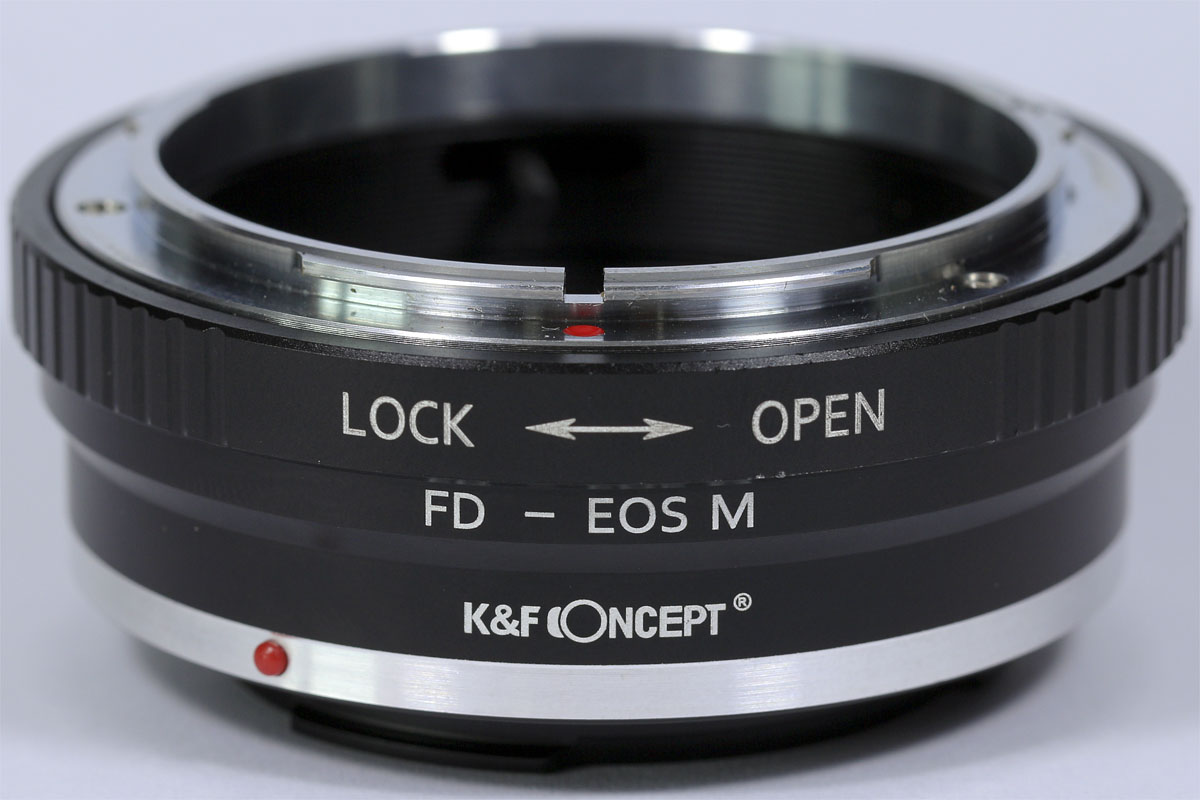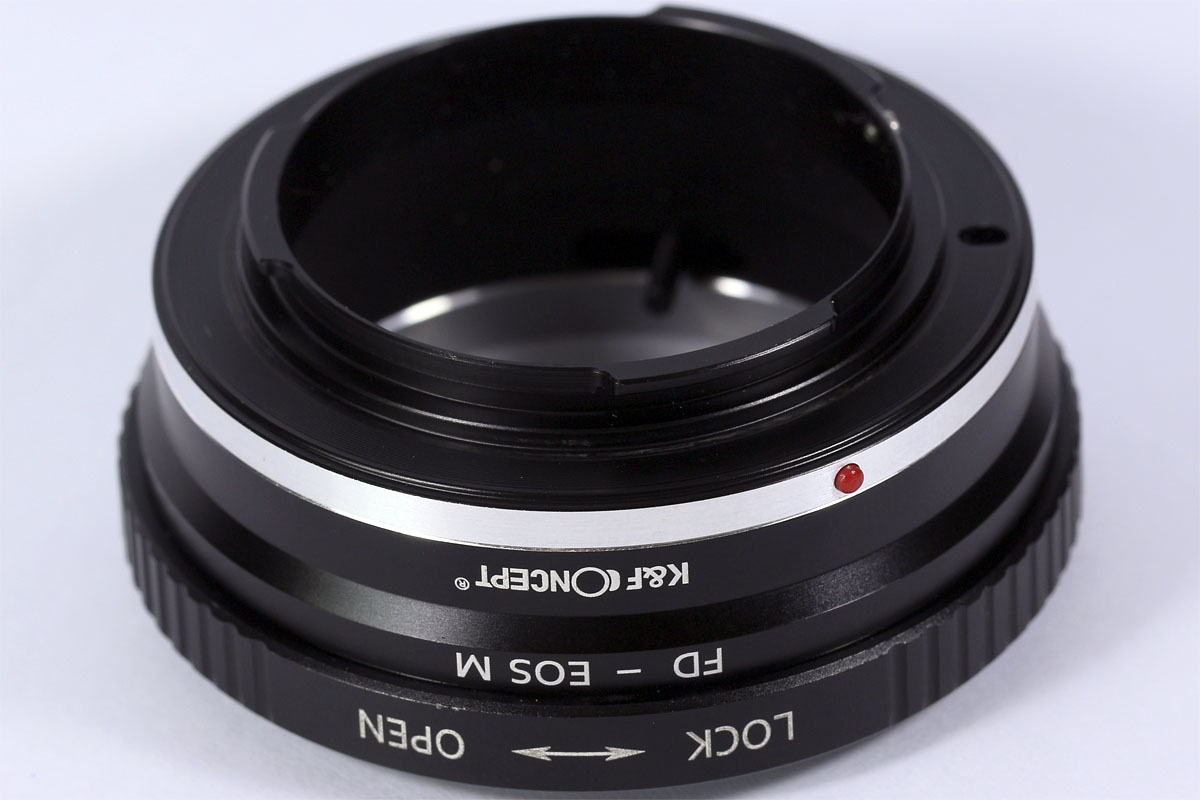Introduction
From 1982 to 2003 I used Canon film bodies with Canon FD manual focus lenses. After moving to digital I put my old gear in storage, but retrieved some in 2017. I didn't see much use for it, but wondered whether some of my old FD lenses might be worth using again. Of course, I needed an adapter to mount these lenses on digital bodies. Various companies make these, but K&F Concept make a huge range of adapters. They are quite cheap and I bought mine on-line through Lazada, but they are available through other on-line sources, such as Amazon.
Shutter Release
After initially mounting the adapter and lens I found that the shutter would not release. The adapter is purely mechanical and has no electrical connections because the lens is purely mechanical and has no electrical components. Thus the camera body does not recognise that a lens is attached.
This can be fixed by using Fn. 7 to release the shutter without a lens attached.
Exposure
FD lenses have an aperture ring that can be left in 'A' (automatic mode) or rotated to select an aperture manually. However, it works in conjunction with pins and levers on the back of the lens which are normally operated by a Canon manual focus body. When the lens isn't on a manual focus body the aperture can be adjusted manually using the aperture ring if you press various pins and activate levers, but it isn't straightforward. If you search on YouTube you will find videos describing how to do this.
I just leave the lens aperture fully open and adjust the ISO and shutter speed on the body to get the correct aperture. When viewing images the histogram can be used to check the exposure.
Focusing
Focusing manually isn't difficult, but it takes a little time. It is easier to do with the magnified view in Live View. On the camera 'Info' screen there is a small magnifying glass symbol. Press it once for 5x magnification and again for 10x magnification. The increased magnification makes focusing easier.
Construction
On the FD lens side the mount is metal, but on the camera side it is plastic. It is strong enough to do the job and doesn't feel weak or flimsy.
Image Quality
Unlike a teleconverter there are no optics in the adapter. It is closer to an extension tube than a teleconverter, except there are no electrical contacts as there are in an extension tube. Consequently, there is no image degradation caused by low quality optics. However, in certain conditions I did notice quite a lot of vignetting with the Canon FD 300m f/4 lens and this might be caused by the adapter.
Conclusion
Millions of FD lenses were produced and probably not many are in use these days. Adapting them for use with EF mount SLR bodies didn't work well because of the problems of focusing at infinity. However, with the advent of mirrorless cameras, such as the Canon EOS M, this isn't a problem.
If you own old FD lenses or find cheap FD lenses for sale and want to use them on your MILC body you can do so for little cost using an adapter like th K&F Concept one. Other brands are available and I have seen mention of 'high quality' adapters in forums, but because there are no internal optics this one will work as well as any other.
Other Review Pages You May Be Interested In




